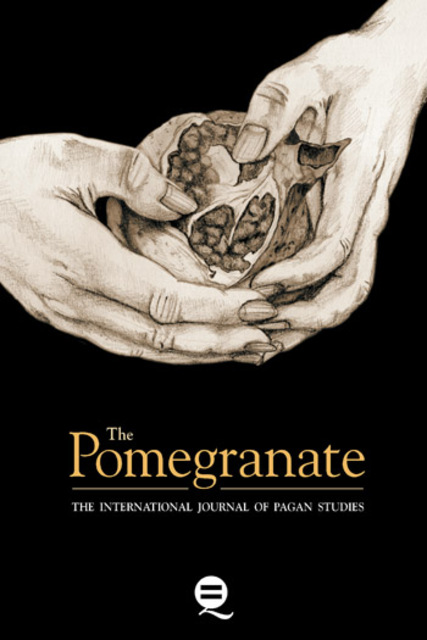Elements of Magic, Esotericism, and Religion in Shaktism and Tantrism in Light of the Shakti Pitha Kāmākhyā

Barua, A. (2016). Elements of Magic, Esotericism, and Religion in Shaktism and Tantrism in Light of the Shakti Pitha Kamakhya. Pomegranate, 17(1-2), 51–70. https://doi.org/10.1558/pome.v17i1-2.26652
Full description
India’s northeastern state of Assam (ancient Prāgjyotishapur and Kāmarūpa), known for its goddess shrine, the Devipītha (Seat of the goddess) Kāmākhyā, has enriched the mosaic of the Indian religious tradition with its unique contribution in Shaktism and Tantrism. Shaktism and Tantrism represent a particular phase of religion which was in the main personal and esoteric. Assam or the northeast of Bengal, is the source from which ShāktaTāntric beliefs and practices found its AustricTibetan base around Devipitha Kamakhya and it became a strong Tantric center that remained influential in Bengal, Orissacentric Eastern regions that resulted in mantra, yantra, çakra, etc. In this context, this article tries to address some such interesting features of the Mother Goddess Kāmākhyā and her various transformations
- typeImage
- created on
- file formatjpeg
- file size66 KB
- container titleThe Pomegranate
- creatorArchana Barua
- issn1743-1735 (online)
- issue17.2
- publisherEquinox Publishing Ltd.
- publisher placeSheffield, United Kingdom
- rightsEquinox Publishing Ltd.
- volume
- doi
We use cookies to analyze our traffic. Please decide if you are willing to accept cookies from our website. You can change this setting anytime in Privacy Settings.
